Installing a bathroom bathtub is one of the most significant upgrades you can make to your bathroom. Beyond adding a touch of luxury and a retreat for relaxation, it can significantly boost the value of your home. However, the process of installation isn’t as simple as purchasing a bathtub and sliding it into place.
This blog provides an in-depth, step-by-step guide to installing a bathroom bathtub. By the end, you’ll understand the entire process, its requirements, and a few tips to make things smoother. Whether you’re planning to DIY or hire professionals, this guide is for you.
Why Install a Bathroom Bathtub?
Before jumping into the process, it’s worth considering the benefits of a bathroom bathtub. Here’s why they’re a great investment:
· Relaxation: After a long day, nothing beats soaking in a warm bathtub.
· Lifestyle Upgrade: Bathtubs offer extra convenience for households with children or pets.
· Aesthetic Appeal: They give your bathroom a modern or luxurious look, depending on your design.
· Higher Resale Value: Homes with bathtubs, especially in master or family bathrooms, are more attractive to buyers.
If you’re ready to elevate your bathroom, let’s analyze the full process of installing a bathroom bathtub.
What to Consider Before Installing a Bathtub
Start by planning and assessing the requirements. Skipping this stage can lead to costly mistakes.
1. Choose the Right Type of Bathroom Bathtub
Not all bathtubs are created equal. Depending on your bathroom's layout and your preferences, you might choose from:
· Alcove Tubs: Fit perfectly into a three-sided enclosure.
· Freestanding Tubs: Stylish and bold, they can be placed anywhere there’s plumbing.
· Corner Tubs: Great for saving space in smaller bathrooms.
· Drop-in Tubs: Require installation into a structure or frame.
· Walk-in Tubs: Practical for accessibility and mobility needs.
2. Assess the Space
Measure your bathroom carefully:
· Width and Length: Ensure the bathtub will fit. Standard tubs are around 60 inches long.
· Weight Capacity: Check if your bathroom floor can support the tub, especially for heavier material options like cast iron.
· Plumbing Compatibility: The drain and water connections need to align with the tub design.
3. Materials and Finish
Bathtub material impacts durability, weight, and comfort. Popular choices include:
· Acrylic (lightweight, affordable)
· Porcelain-on-Cast-Iron (classic, durable but heavy)
· Fiberglass (lightweight but less durable)
· Stone Resin (luxurious and modern)
Choose a finish that matches your bathroom décor.
4. Budget and Tools
Installing a bathroom bathtub costs anywhere from $500 to $3,000+, depending on materials, design, and labor. For DIY enthusiasts:
· Know the tools needed (wrench, drill, caulking gun, plumbing tape, level, etc.).
· Be prepared to handle technical challenges such as plumbing and leveling.
Step-by-Step Process for Installing a Bathroom Bathtub

Step 1: Remove the Old Tub
If you’re replacing an existing bathtub, start by removing it:
· Turn off the water supply.
· Disconnect the plumbing (drains and pipes).
· Cut away the old caulk or adhesive sealing the tub in place.
· Safely maneuver the old bathtub out of the bathroom.
Tip: Dispose of your old tub responsibly by checking if recycling services are available in your area.
Step 2: Prepare the Installation Area
· Clean the area thoroughly to ensure a smooth installation.
· Inspect the subfloor for signs of decay, mold, or damage. If needed, replace or repair the subfloor.
· Install a moisture barrier or waterproof membrane if you’re building a new enclosure.
· Make any necessary adjustments to the plumbing lines to match the new bathtub’s specifications.
Pro Tip: Confirm that the framing or support structure is sound and aligned to hold the new tub.
Step 3: Bring in the New Tub
Gently position the bathroom bathtub into the designated spot:
· Check the fit and alignment. Ensure the drain and overflow openings align with the respective outlets.
· Use a level to ensure the tub sits evenly. If not, adjust using shims.
Important: Heavy or freestanding tubs may require extra manpower, so enlist help to avoid damage or injury.
Step 4: Connect Plumbing
Next, securely hook up the plumbing:
· Connect the drainage pipe to the bathtub's drain.
· Use plumber’s tape to ensure watertight sealing of pipe connections.
· Install the overflow assembly.
· Attach the faucets and water supply lines securely.
Test Everything: Before moving forward, open the water supply to check for leaks.
Step 5: Secure the Tub in Place
· Anchor the bathtub to the wall studs using mounting brackets or screws (specifics depend on your bathtub type).
· Apply bathroom-grade caulking around the edges to seal any gaps between the tub and wall.
· For drop-in or alcove tubs, use adhesive if necessary to keep the tub stable.
Allow everything to dry and cure, ensuring the installation is solid.
Step 6: Finishing Touches
· Install the bathtub apron (if needed) and any decorative panels.
· Test the tub again for water flow, drainage, and comfort.
· Consider adding accessories like a showerhead or grab bar for convenience and safety.
Bonus Tip: Clean the tub thoroughly before using it to remove any residues from the installation process.
Challenges You May Encounter (And How to Handle Them)
Installing a bathroom bathtub is not without its challenges:
· Plumbing Mismatches: Consulting a plumber can help fix alignment issues.
· Heavy Materials: Cast iron and stone resin tubs may require professional installation.
· Small Doorways: Some tubs may not fit through narrow doors—measure carefully!
· Improper Leveling: A bathtub not leveled correctly can lead to uneven water drainage.
Professional vs. DIY Installation
While DIY installations can save you money, hiring professionals comes with distinct advantages:
· Expertise ensures the job is done right the first time.
· No need to invest in specialized tools.
· Reduces the risk of water damage due to incorrect plumbing.
A hybrid option is overseeing the planning and preparation yourself and leaving the technical installation to experienced hands.
Final Thoughts
Installing a bathroom bathtub can seem daunting, but with careful planning and execution, it’s a manageable project that will transform your bathroom into a relaxing oasis. Whether you opt for a freestanding statement piece or a compact corner tub, the key to success lies in preparation, selecting the right bathtub, and adhering to the necessary steps.
Make your new bathtub the centerpiece of your bathroom! Take the time to enjoy every soak—it’s a testament to your effort and investment.

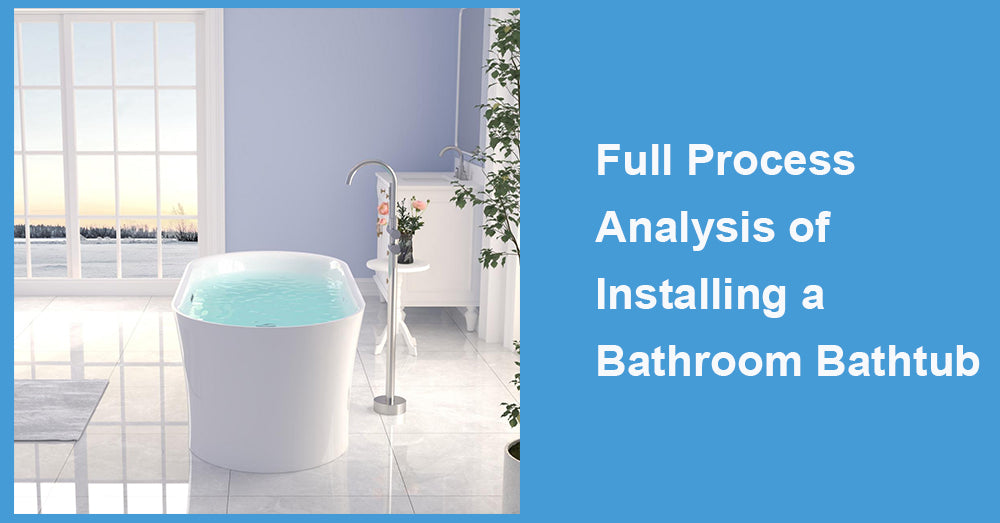
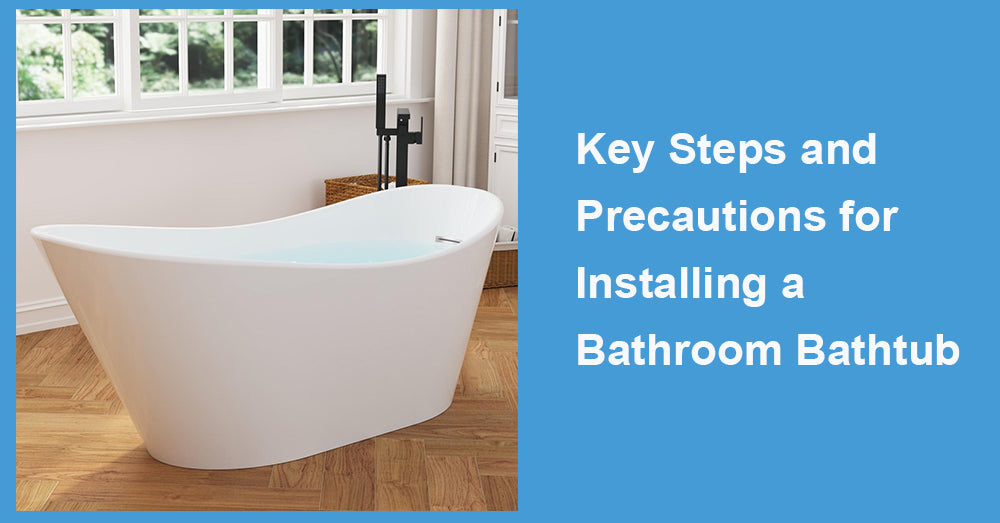
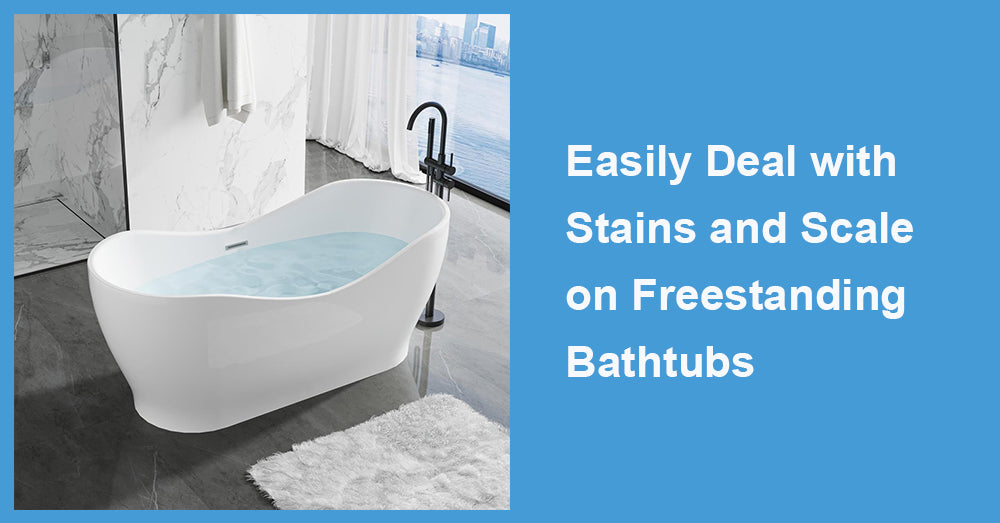
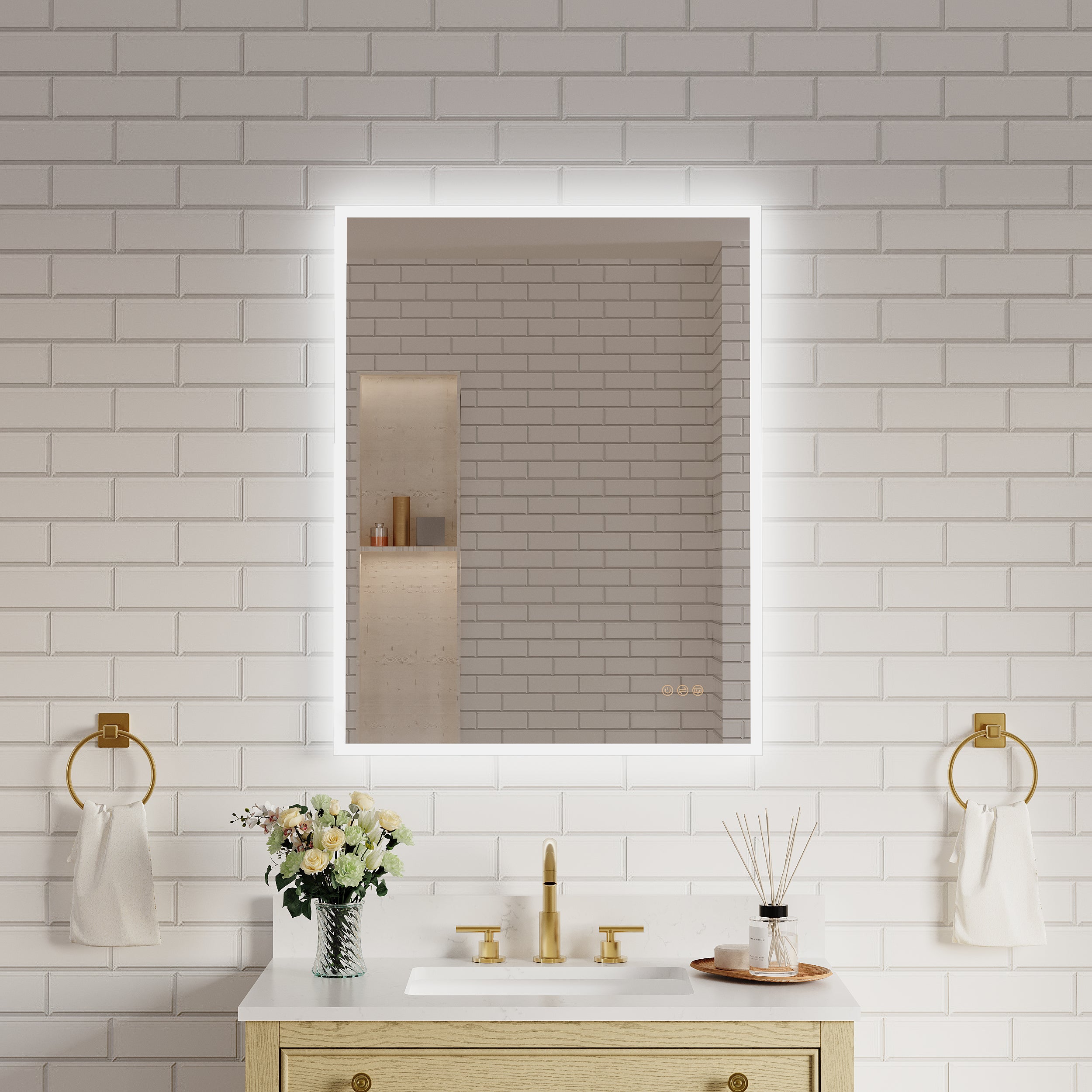

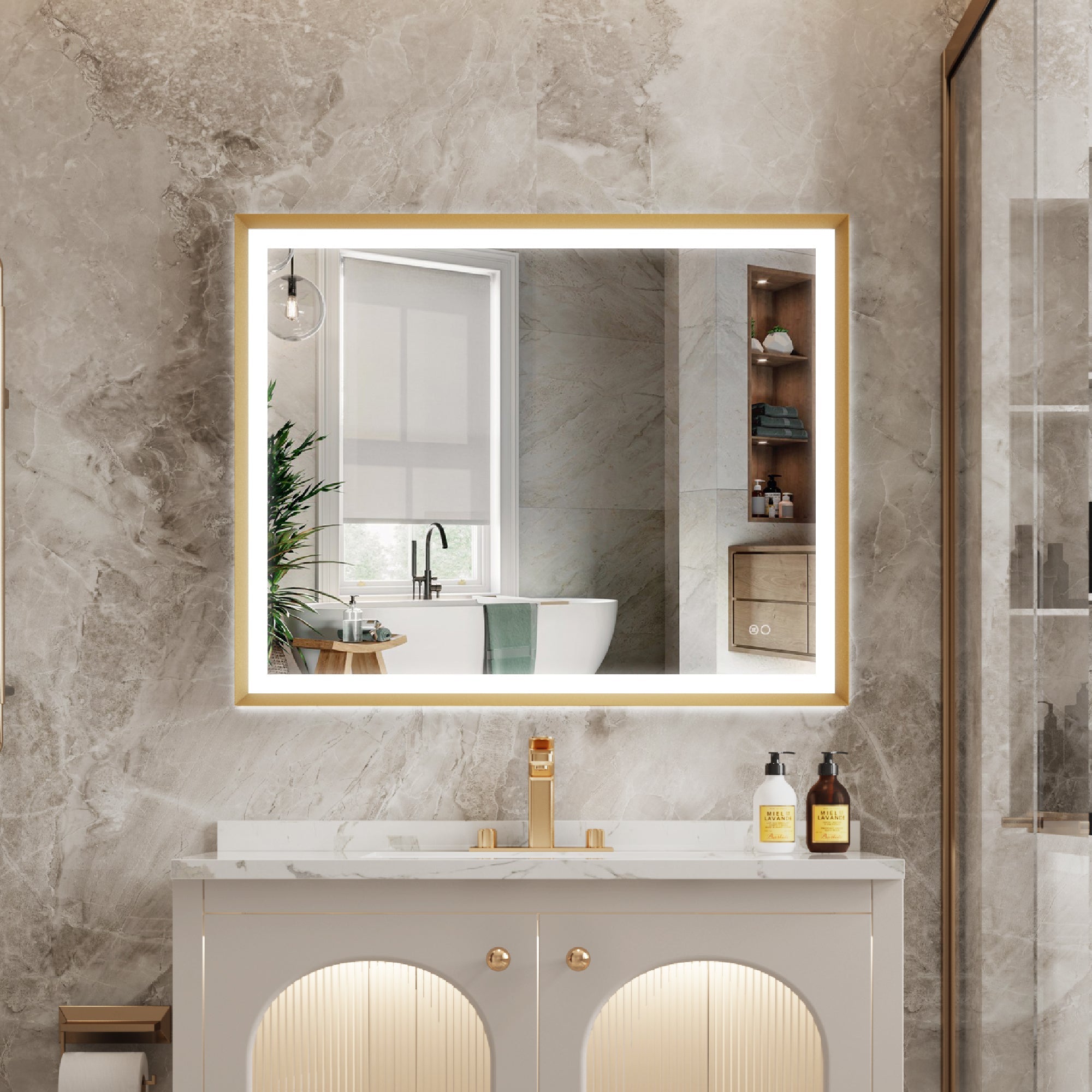

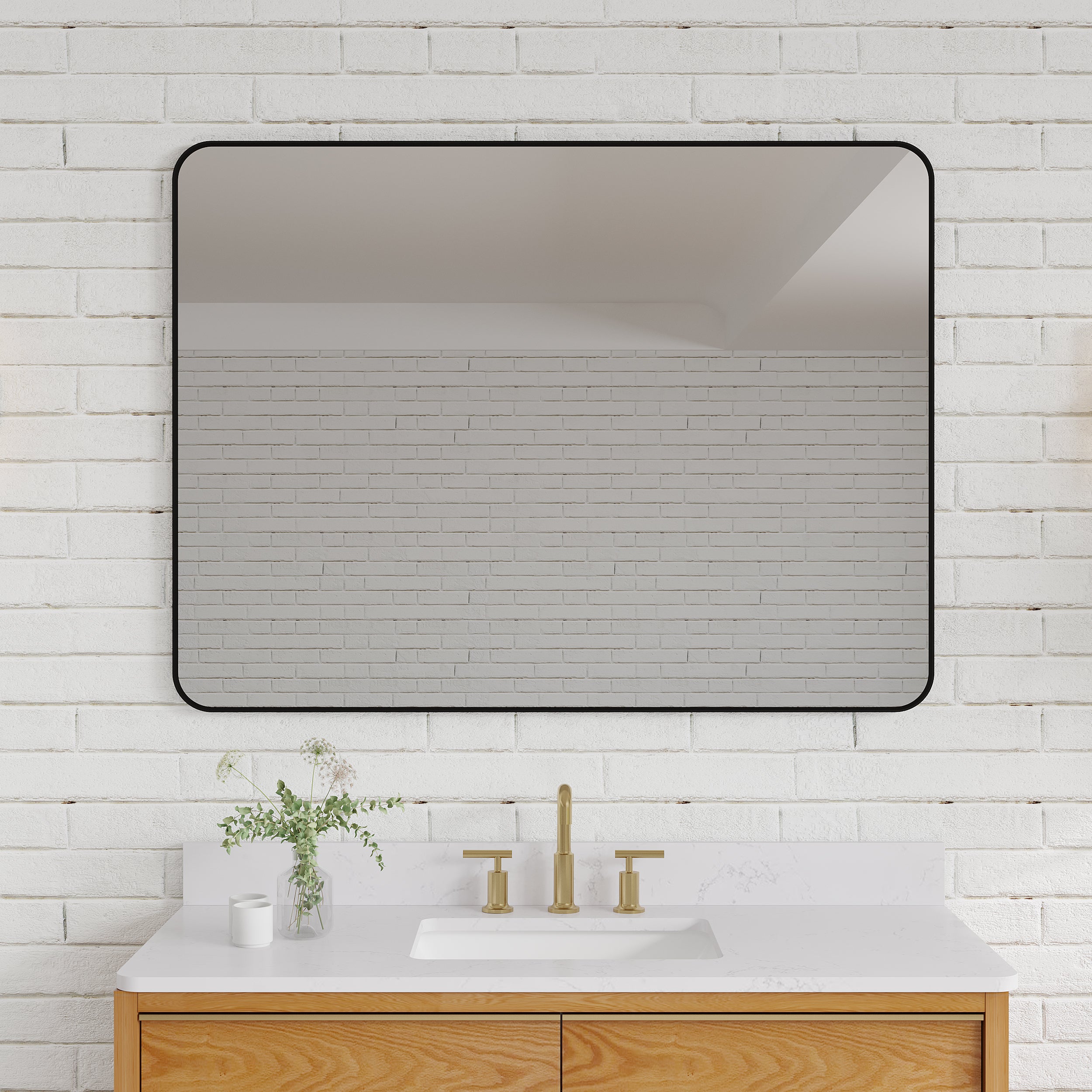

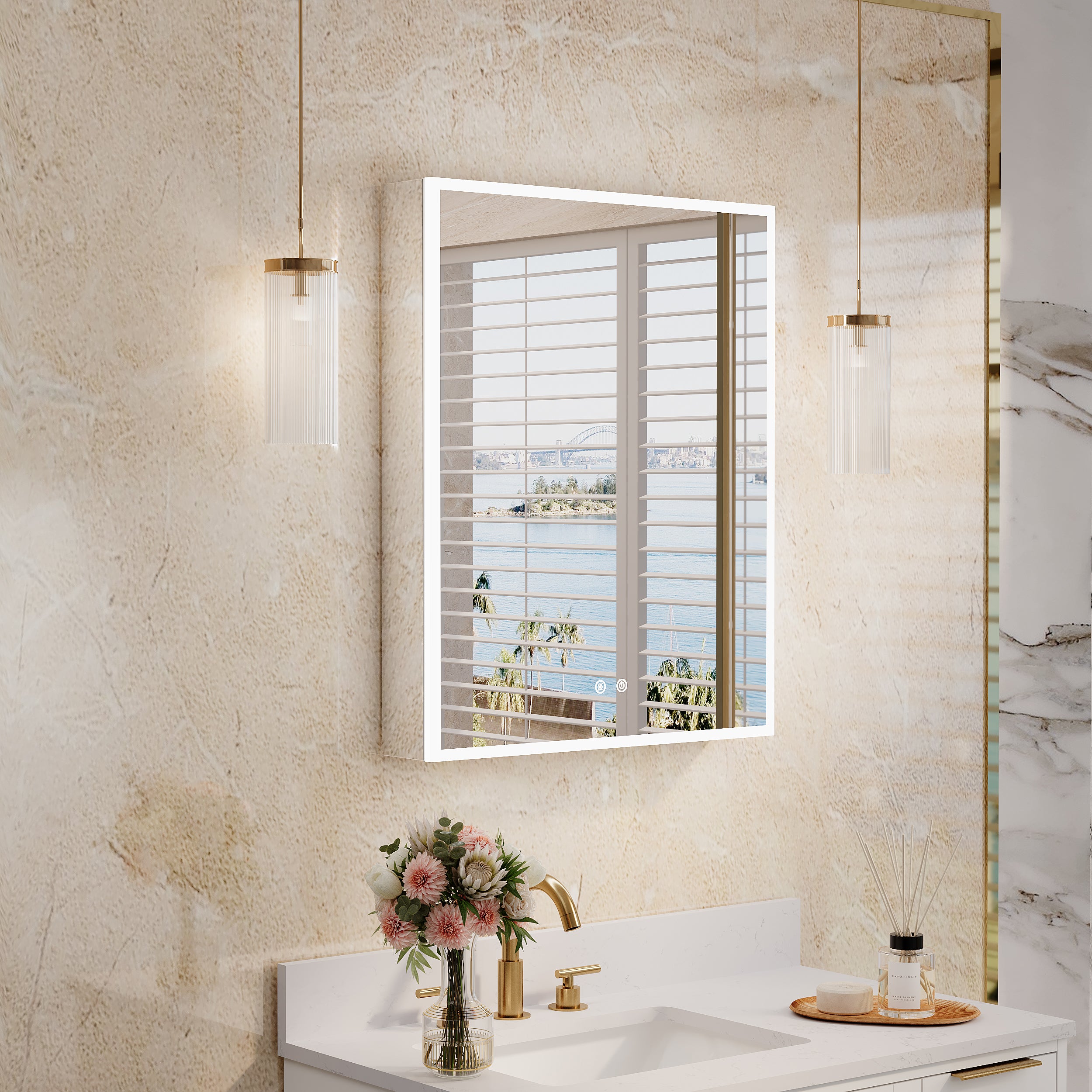
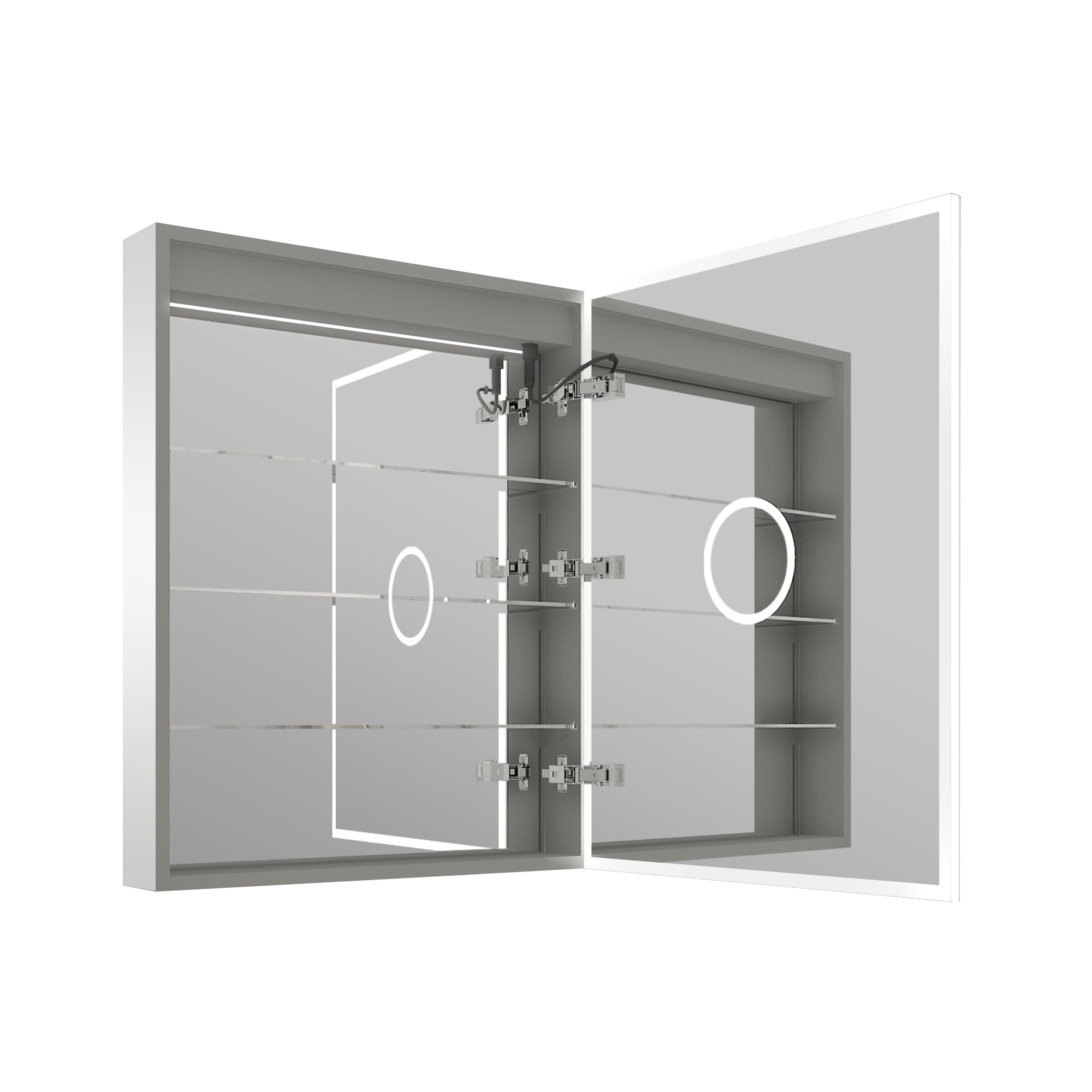


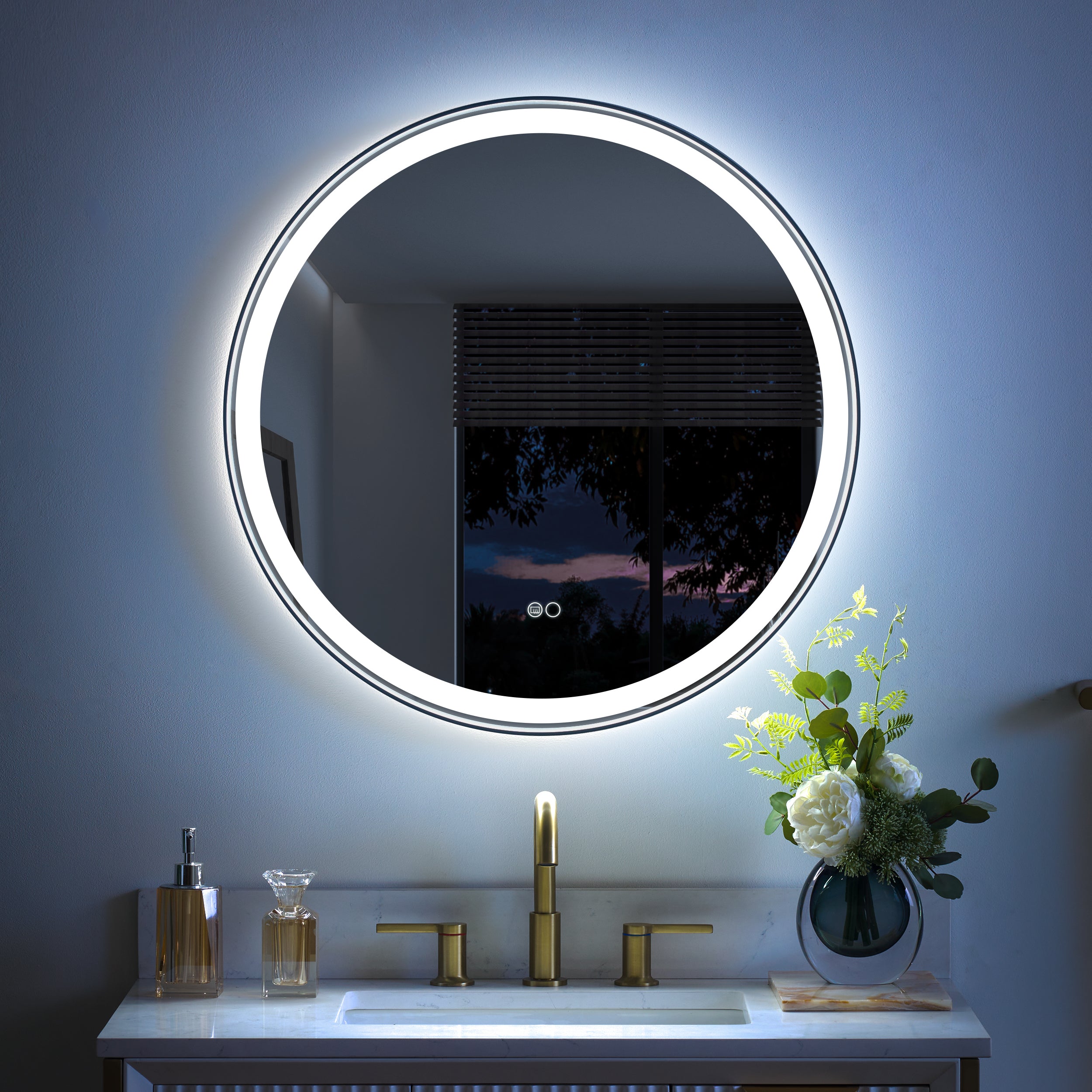

Leave a comment
This site is protected by hCaptcha and the hCaptcha Privacy Policy and Terms of Service apply.